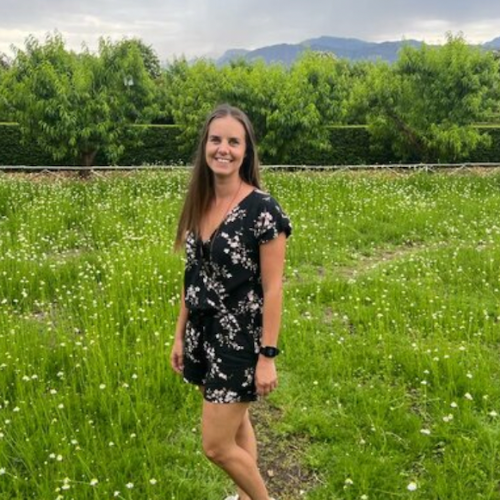Herds of blue wildebeest, gemsbok, giraffe, hyenas, springbok – and cute meerkats stealing the show, are just some of the animals at Kgalagadi. But the big draw here has got to be the big cats – the elusive leopard, the cheetah and the mighty black-maned Kalahari lion. But bird lovers will also be delighted. There are around 280 species of birdlife, including various eagles, owls, and goshawks. In summer look out for the willow and African marsh warbler and listen at night for the Rufous-cheeked Nightjar.
The park has various accommodation options, including wilderness camps and three fenced restcamps (peace of mind for parents, knowing no four-legged predator will suddenly appear). The restcamps also come with swimming pools – great for overheated and fractious kids (and adults).
The luxury !Xaus Lodge, owned by the Khomani San and Mier communities, also comes with a pool, as well as a cosy communal lounge to relax in before dinner. They offer guided game drives, as well as walks with Bushman trackers and the chance to see Bushman crafters at work making traditional goods.
Mokala National Park
The 48,000 acres of hills and open plains of Mokala National Park are home to many endangered animals. Take a game drive to see black rhino, white rhino, Burchell’s zebra, tsessebe, giraffe, and roan and sable antelope, among others. Mokala’s rocky outcrops also attract many species of birdlife, including the black-chested prinia, the lappetfaced vulture, and martial and tawny eagles.
















